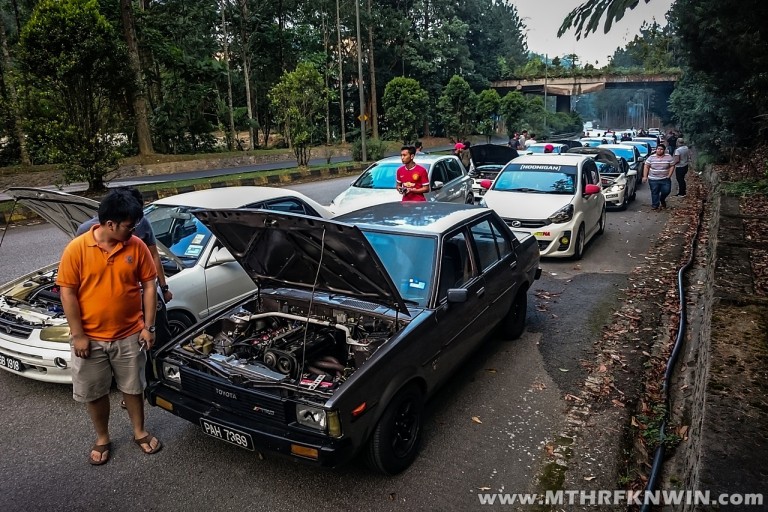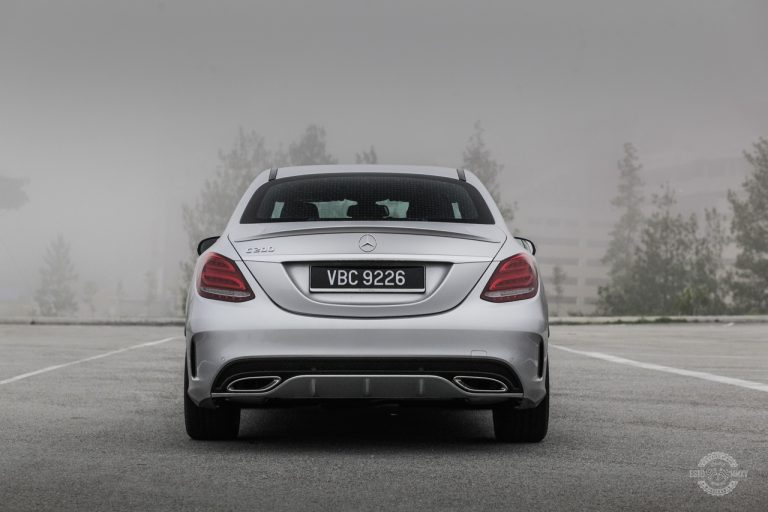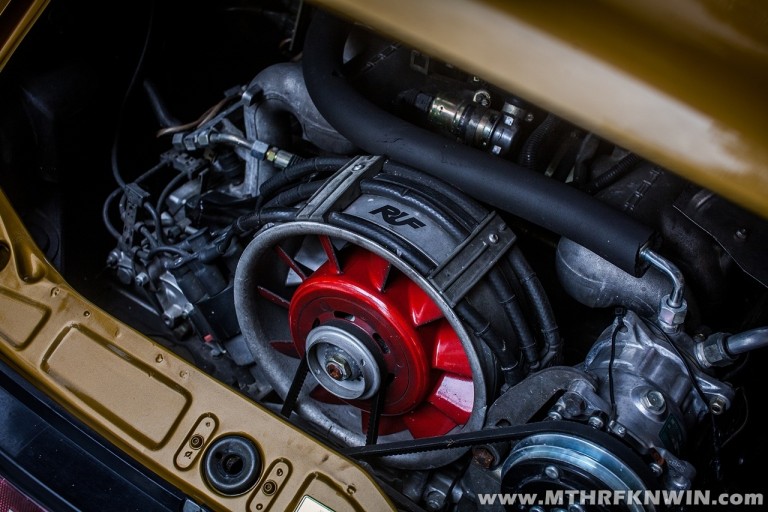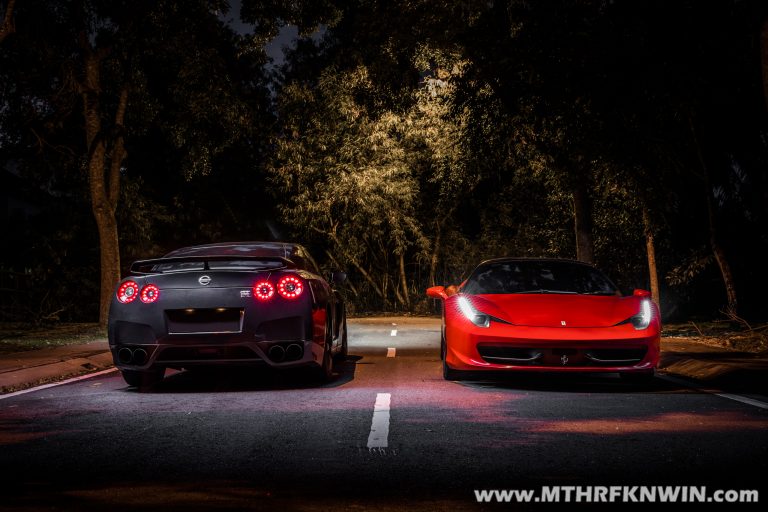Last week, we wrote about piggybacks or tuning boxes, and why I do not believe in them. This week, we move squarely on to flash tuning.
The process of flash tuning involves connecting a computer to the ECU in the car, usually via OBD2 port, and then downloading and re-writing the software that is on the ECU. Not all vehicles can be flashed this simply; in certain scenarios, the physical ECU needs to be removed from the vehicle, taken apart and on a special bench, connected directly to specific pins on the ECU board.
Manufacturers obviously do not want anyone tampering with their work, so these are all efforts to secure the ECU. Usually, once the ECU has been opened, a tuner can do the rest of the work through the OBD2 port. For this, special programs and cables are needed to put the ECU into flash mode so that a tuner can access the core data on the ECU, then download it. Every ECU model may require different software codes, which is why when a new car model is released, it takes some time for the software engineer to crack the code into the ECU for tuning.
This is all very specialist work, not for the average hobbyist, which brings me onto one of the biggest secrets of the ECU tuning industry…

Many of the people offering flash tunes, stage 1, 7, 42… whatever it is, have no idea about tuning themselves. Shock! Gasp! Horror! Crazy right? Well, the more ridiculous news is that many of these tuners are earning a huge fortune.
Here’s how it works: you need the software, hardware and know-how. This investment starts from about €4,000 and possibly up to €100,000 for everything. The important thing for most is that with the software, they also get access to an online server. This server is the party trick, because it is full of “tunes” for pretty much every ECU and car that the software supports. Everything from your stage 1 through to stage 756, or just plain pops & bangs for those who want to be a nuisance.
Yes, you read that right. A “tuner’s” work is the grand total of almost bugger all, because he doesn’t even really need to know how all this works. Simply plug it in, download the original file and store as backup, purchase a tune online (usually €40 for a stage 1 map), upload that tune to your ECU and then sell this service for upwards of €300.

Unfortunately, there is a large percentage of ECU tuners out there who do this, and this can be quite dangerous, especially if the increase in power is not specifically set for your climate zone. Yes, there are files that can be downloaded which are country specific and while the tunes may also be within an acceptable limit (i.e. run without issues), there isn’t a way to know this for sure. If your tuner has no idea anyway and is simply downloading a flash, then he cannot provide you with any assurance either.
Potentially worse are tuners who have the software to make changes to the pre-set files themselves, and who think they know what they are doing. You see, knowledge, experience and a bit of restraint can go a long way in making a good (and more importantly safe) tune for your car. There are many things to consider and some tuners make quite ham-fisted changes to the values within the ECU, which may bring large gains on the dyno but very rarely do these engines last.
Having a dyno in the workshop isn’t the sign of a good tuner; anyone can buy a dyno. Knowing how to use it and how to make changes to the software is infinitely more important. It is also always a good idea to confirm the map you are purchasing is good for road-going conditions, just so nothing unexpected crops up. The load an engine has to encounter cannot always be accurately represented on a dyno, therefore what may seem safe on the dyno may end up in detonation and catastrophic engine failure on the road.
The best tunes are the ones that have been specifically adjusted for your engine and in your ambient conditions, by a skilled tuner with a load bearing dyno, who also double checks the tune on the road. This gives you the best chance that the increased power that the engine is creating will not be detrimental to your engine.

Okay… so how does it affect the engine?
A well-executed flash tune should drive exactly as smooth as OEM, just with a bump in power and torque. The driveability, along with any other aspect of the car, should not be affected in any way. This, folks, if the mark of a good tune; peak power isn’t always the correct answer because good driveability makes a much larger difference.
On the other side of the coin, a bad tune may cause all sorts of problems. The engine may feel rough under throttle, which could be due to parameters such as detonation which causes the engine to pull timing, to try to save itself from harm. The engine may not feel consistent and you may have rough idling or running, maybe even misfiring. The driveability of the engine could be negatively affected, causing slower response, turbo lag and bogging down… possibly even malfunction warnings of check engine light.

How about fuel economy?
Can you really have your cake and eat it? The simple answer is no (well, not unless you go buy some cake then eat it…). Our issue with claims of improvement in fuel economy is that you cannot prove nor deny it, because the fine print will always state that this is down to driving style. What the tuner is getting at here is that because the engine produces more torque at the same rpm, less effort is needed to maintain the same speed, thus the theoretical idea of saving fuel.
On one hand, we can say that torque is partially an indication of the efficiency of the engine. However, without any mechanical changes, you aren’t really going to influence the efficiency of your engine. Oh, we also cannot escape the law of physics – to make more power, you will have to input more energy. That energy is fuel, so more power equals more fuel.

A small caveat to this is that tuners can disable some of the emissions systems which hurt the fuel economy to help them create more torque without using “any” extra fuel. For example, you could reduce or disable the EGR (exhaust gas recirculation) which routes inert gas into the combustion chamber, which reduces the capability for producing power. By reducing this and adjusting the fuel and ignition timing to suit, this could improve fuel economy as a nett result. But before you get your hopes up, this is only within the cruising section of the map and EGR is not active during throttle (at least not in 99.9% of the engines I’ve seen or tested).
In the real world, you wouldn’t normally see gains in fuel economy. In fact, if it remains the same, you’re already winning. But hey, if you’re reading this article then our educated guesstimate is that you’re tuning for power, and more power equals more fun, and more fun equals more fuel spent. Yup, fuel economy down the drain.
Next week, we wrap up this series by differentiating good and bad tunes. We hope you’re enjoying this so far! 😉



